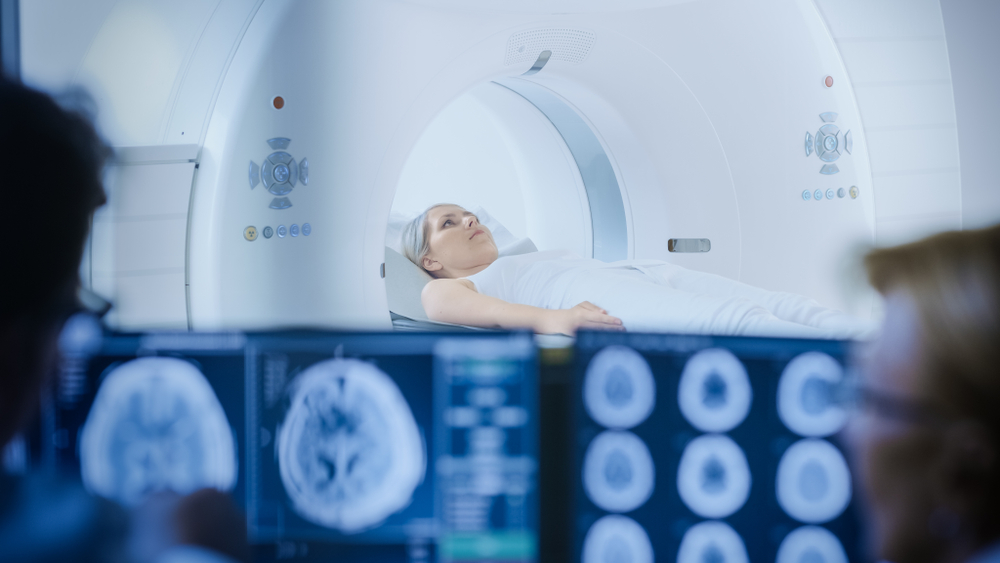Visualizing Brain Connectivity May Aide in Diagnosing Mental Illnesses
Posted on Categories Discover Magazine

We tend to think of connectivity as a good thing. For instance, the more connections one has on LinkedIn, the better one’s job prospects would appear. But in people who appear to have lost interest in things they once found pleasurable, too much brain connectivity may actually fuel the condition, according to a study in the Journal of Affective Disorders.
Knowing that this condition — which doctors call anhedonia — is associated with mental illnesses could improve diagnosis, by providing physical evidence, versus self-reporting.
Read More: What Is Anhedonia, and What Are the Symptoms of This Unique Condition?
Understanding Anhedonia
Although about one in five U.S. adults have reported mental health issues in the 2021 National Survey on Drug Use and Health conducted by the Substance Abuse and Mental Health Services Administration, there are few physiological signs that can provide concrete validation.
“Current diagnostic criteria in psychiatry seem to have a limited ability to capture the reality of mental illness,” according to the report.
To help change that, the research group sought to better understand the physiological underpinnings of mental health. They started by doing what many scientists do: turn to animals. Earlier work showed that, in mice, a specialized region of the brain — the paraventricular nucleus of the thalamus (PVT) was involved in both responding to threats and treats.
Core Brain Component
The PVT is also thought to be a component of processing emotions. And its location as part of the thalamus — a fundamental portion of the brain that forms early in development — points to its central role.
“It’s important because we think it has a role in encoding early life aversive memories,” says Bianca T. Leonard, an author of the study who is studying for both an M.D. and Ph.D. at the University of California, Irvine.
So, if you were scared by a dog as an infant, or touched a hot stove as a toddler, it’s likely the experience could be coded, stored, or processed by the PVT.
Assessment and Imaging
Next, the research group recruited volunteers. Each subject took assessments for both depression and anxiety. Then they all had their brains scanned by MRI machines. The researchers then standardized the imaging (brains come in slightly different shapes and sizes) so they could better compare them.
When they analyzed the images, the researchers saw evidence of high connectivity between the PVT and another brain part called the nucleus accumbens (NAc) with the subjects who scored higher for depression or anxiety.
“I was surprised that it actually played out in our human population and that it was so strongly correlated with this symptom of anhedonia,” says Leonard.
Destigmatizing Mental Health
Her hope for the study is that it leads to better mental health screening. She emphasizes that anhedonia is a symptom in several conditions besides depression and anxiety. It is also often linked to substance abuse. Ideally, showing both physicians and patients a physiological underpinning of a mental illness could lead to treatment for more people.
“What they’re experiencing has this biological connection can help us hopefully destigmatize speaking out about having these issues,” Leonard says.
Article Sources
Our writers at Discovermagazine.com use peer-reviewed studies and high-quality sources for our articles, and our editors review for scientific accuracy and editorial standards. Review the sources used below for this article:
Before joining Discover Magazine, Paul Smaglik spent over 20 years as a science journalist, specializing in U.S. life science policy and global scientific career issues. He began his career in newspapers, but switched to scientific magazines. His work has appeared in publications including Science News, Science, Nature, and Scientific American.